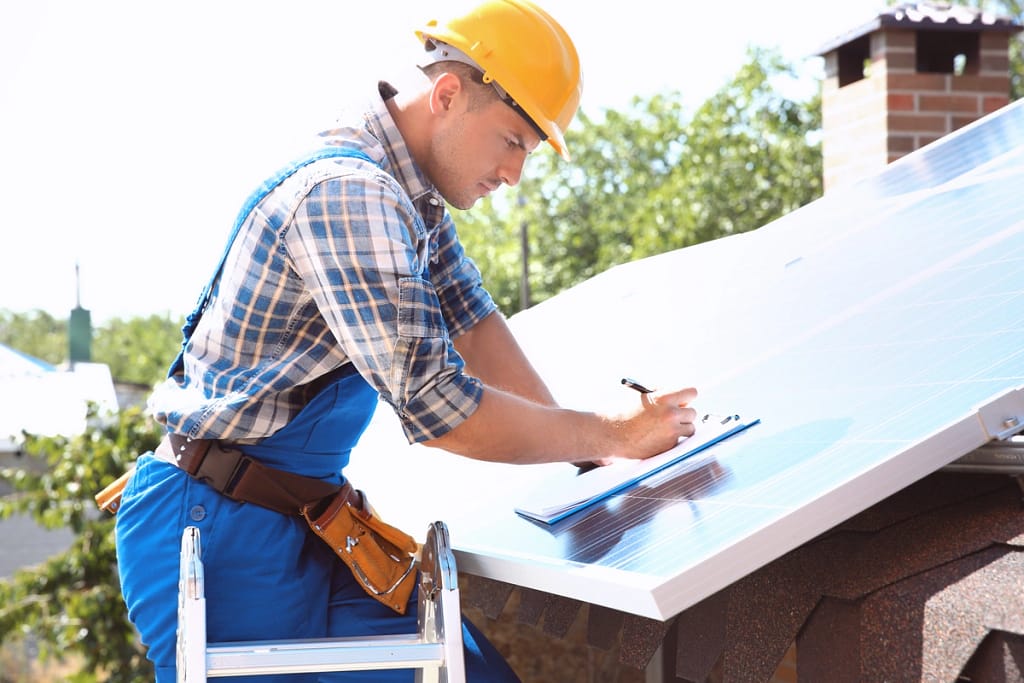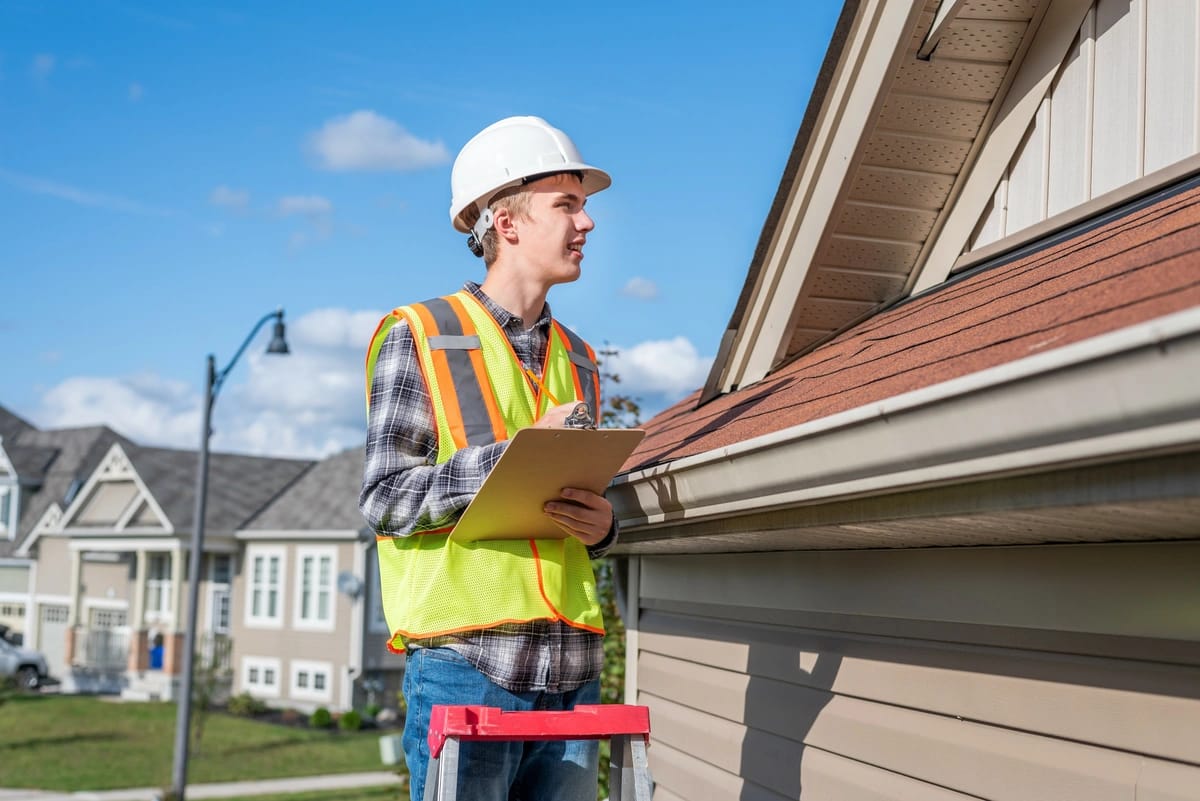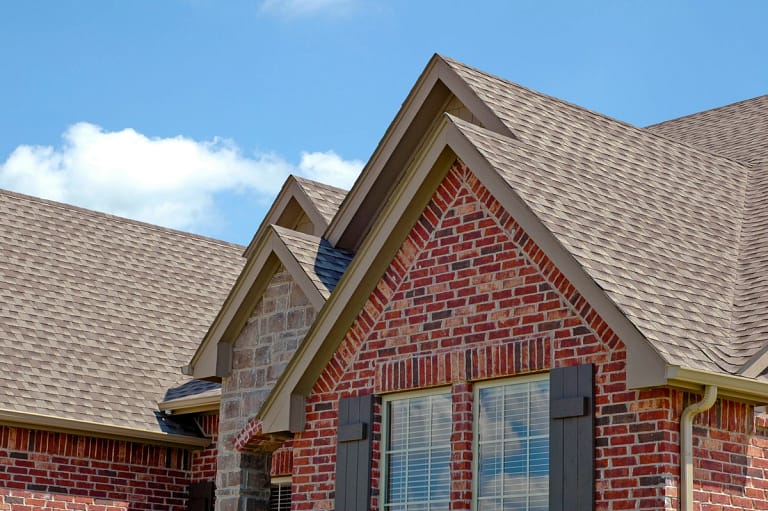Homeowner’s insurance is a crucial safety net that provides financial protection and peace of mind to homeowners across the globe. It safeguards your most significant investment—your home—against unexpected events, from natural disasters to burglary. But one question often lingers in the minds of homeowners: “Will my homeowners insurance go up if I file a roof claim?“
Today, we’ll explore:
- The intricacies of homeowner’s insurance
- The factors that can affect your premium
- Whether filing a claim for roof damage can cause your rates to go up
Benefits of Homeowner’s Insurance
Before delving into the core question, it’s essential to understand the benefits of homeowner’s insurance. Home insurance offers several key advantages, making it an indispensable aspect of responsible homeownership:
- Property Protection: Home insurance covers your dwelling, personal belongings, and other structures on your property in case of damage or destruction caused by covered perils such as fire, vandalism, or severe weather.
- Liability Coverage: Homeowner’s insurance provides liability protection, which helps cover legal expenses if someone is injured on your property or if you cause damage to others’ property accidentally.
- Peace of Mind: Knowing that you have financial protection against unforeseen events can give you peace of mind, allowing you to focus on enjoying your home without constant worry.
- Lender Requirement: If you have a mortgage, most lenders require you to have homeowner’s insurance, ensuring that their investment (your home) is adequately protected.
What Homeowner’s Insurance Does and Does Not Cover

To fully understand the implications of filing a claim on your homeowners insurance premium, it’s essential to grasp what homeowner’s insurance does and does not cover.
✅ Covered Events:
- Fire and Smoke Damage: Most homeowner’s insurance policies cover damage caused by fires, including smoke damage to your property and personal belongings.
- Theft and Vandalism: If your home is broken into or vandalized, your policy typically covers the cost of stolen or damaged items, as well as repairs to your property.
- Natural Disasters: Depending on your location and policy, your insurance may cover damage from natural disasters such as hurricanes, tornadoes, earthquakes, and floods. However, certain types of damage might require separate endorsements or policies.
- Personal Property: Home insurance covers personal property, including furniture, electronics, clothing, and other belongings, against theft or damage, both at home and when traveling.
- Liability Protection: If someone is injured on your property and you are found liable, your homeowner’s insurance can help cover medical bills, legal expenses, and settlements.
❌ Not Covered Events:
- Routine Maintenance: Homeowner’s insurance does not cover the cost of regular maintenance or repairs due to wear and tear. It is your responsibility to maintain your home.
- Earth Movement: Earthquakes and landslides are typically excluded from standard policies, but you can often purchase separate earthquake insurance if you live in a high-risk area.
- Flooding: Standard policies do not cover damage from floods. You may need to purchase a separate flood insurance policy through the National Flood Insurance Program (NFIP) or a private insurer.
- Pest Infestations: Damage caused by pests like termites or rodents is generally not covered by homeowner’s insurance.
Will Your Premium Go Up if You File a Claim for Roof Damage?
Now, let’s address the burning question: will your homeowner’s insurance premium increase if you file a claim for roof damage? The answer to this question is not straightforward and depends on several factors:
Policy Details:
The terms of your homeowner’s insurance policy play a significant role in determining whether your premium will increase after a roof damage insurance claim. Some policies offer “claims forgiveness” or “loss-free” discounts, which may prevent your rates from rising after your first claim.
Claim Frequency:
Frequent insurance claims, regardless of the type, can increase the likelihood of your premium going up. Insurance companies may view your claims history as an increased risk, which could result in higher rates.
Severity of the Claim:
The extent of the damage and the cost of repairs can impact your insurance rates. More significant claims are more likely to affect your premium.
State Regulations:
Insurance regulations vary by state, and some states limit the circumstances under which insurers can increase premiums for claims that are not your fault, such as damage caused by a severe storm or falling tree.
Insurance Provider:
Different insurance companies have varying policies regarding rate increases after claims. Discussing this with your insurance company or reviewing your policy for specific details is essential.
Deductible:
Your policy’s deductible also plays a role in your insurance premiums. If your deductible is relatively low, filing a claim for minor roof damage may be more tempting. However, multiple small claims can lead to premium increases.
Signs of Roof Damage to Look Out For
Given the potential consequences of filing a claim for roof damage, it’s crucial to know when you should consider making a claim. Here are some common signs of roof damage to look out for:
- Water Stains on Ceilings and Walls: Discoloration or water stains on your interior ceilings and walls can be indicative of a leaking roof.
- Missing or Damaged Shingles: Inspect your roof for missing, cracked, or damaged shingles, as they can leave your roof vulnerable to water penetration.
- Granule Loss: If you find granules from your shingles in your gutters or on the ground, it may be a sign of shingle deterioration.
- Sagging Roof: A visibly sagging or drooping roofline is a clear indicator of structural damage and should be addressed immediately.
- Leaks in the Attic: Check your attic for signs of water leaks, including damp insulation, mold growth, or puddles of water.
- Increased Energy Bills: A damaged roof can lead to poor insulation, causing your energy bills to rise due to heat or cool air escaping your home.
- Age of Roof: Roofs have a limited lifespan, typically around 20-30 years depending on the material. If your roof is approaching the end of its life, it may be more susceptible to damage.
Keep Your Homeowner’s Insurance Premiums Low!

Whether your homeowner’s insurance premium goes up after filing a claim for roof damage depends on various factors, including your policy terms, claim frequency, severity, state regulations, and insurance provider policies. It is essential to weigh the potential increase in premiums against the cost of repairs and to consider your deductible when deciding whether to file a claim.
Remember that homeowner’s insurance is designed to provide financial protection and peace of mind in times of need. Maintaining your home, being aware of potential roof damage signs, and consulting with your insurance provider when necessary is essential. By doing so, you can make informed decisions about filing claims and ensuring your home’s and finances’ long-term well-being.
Want help getting your insurance claim filed properly? Contact Best Exteriors today to get started!




